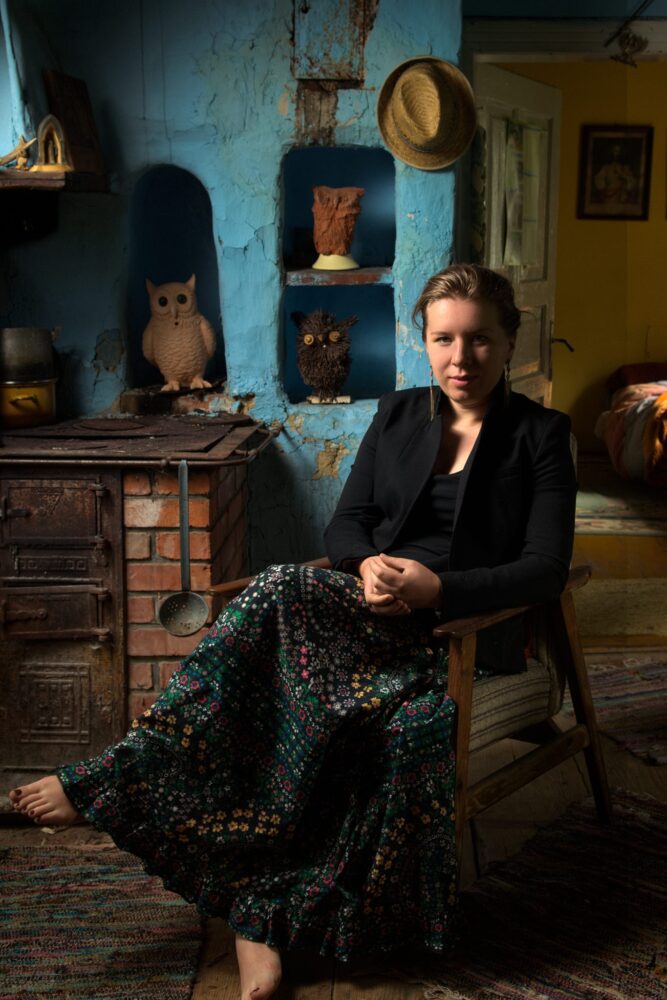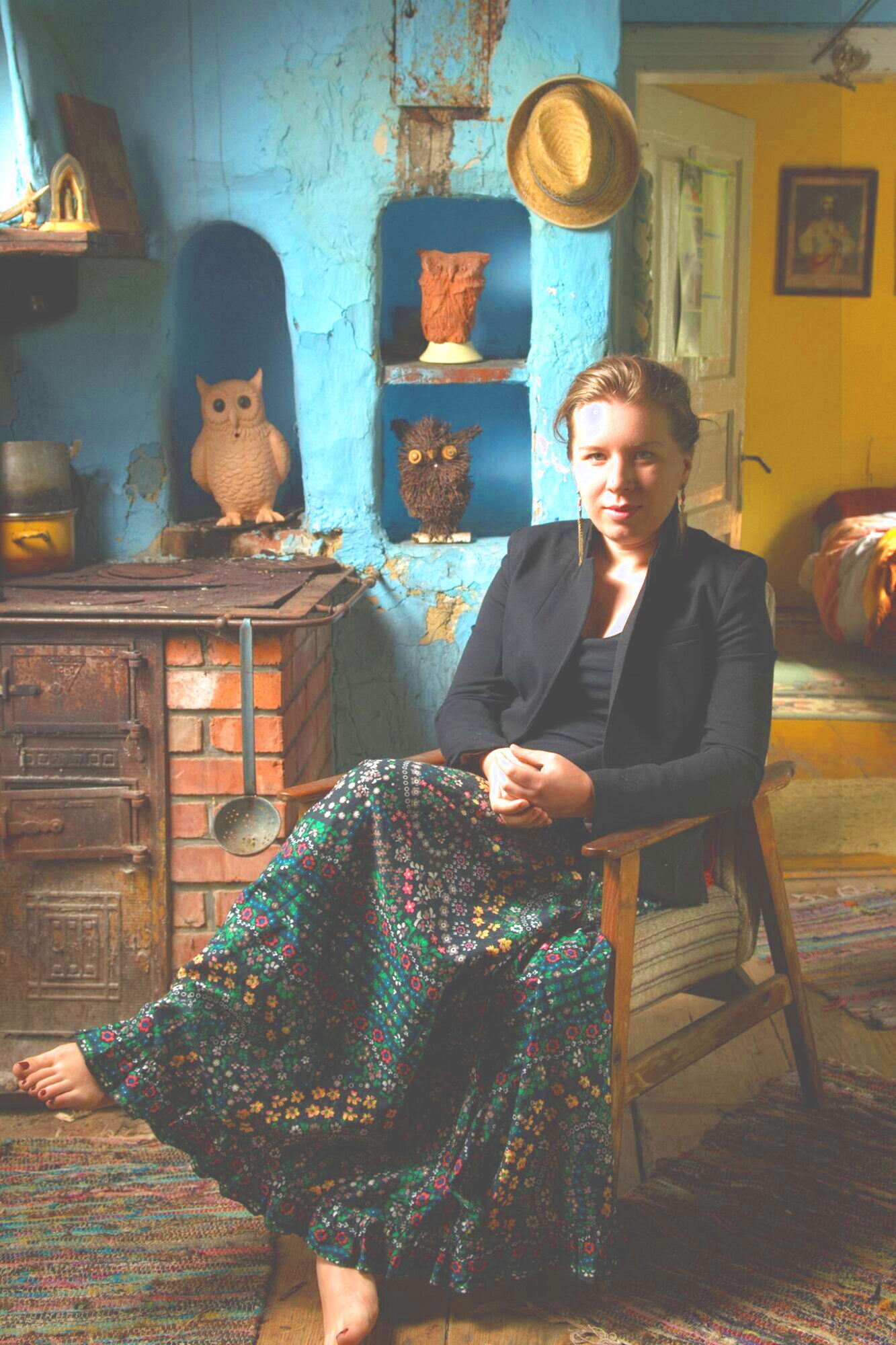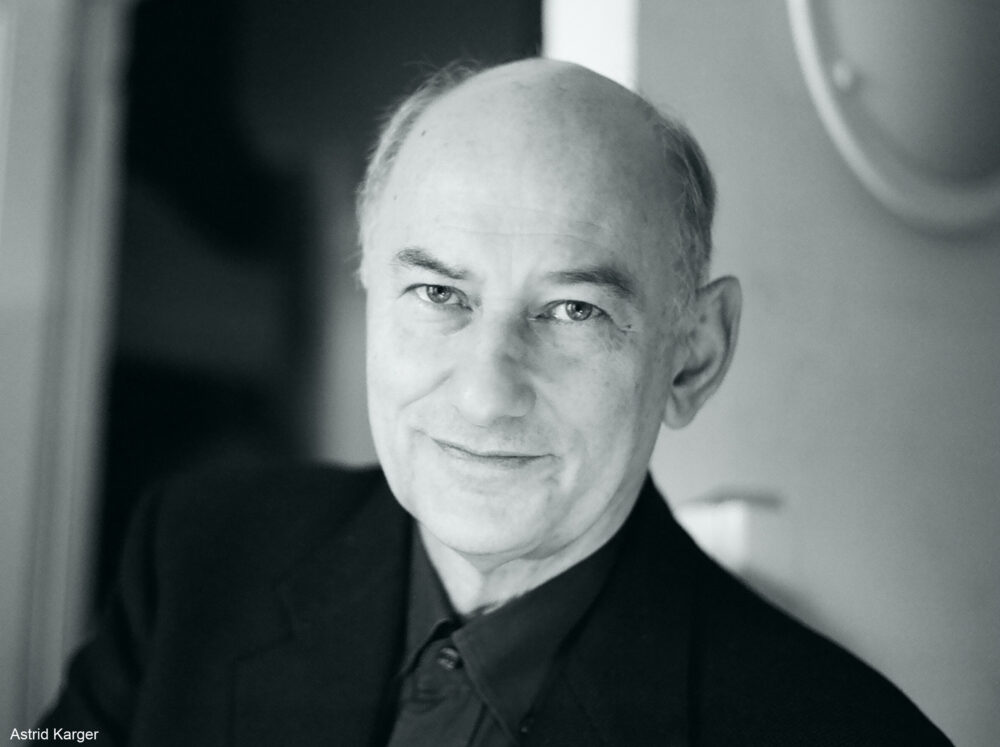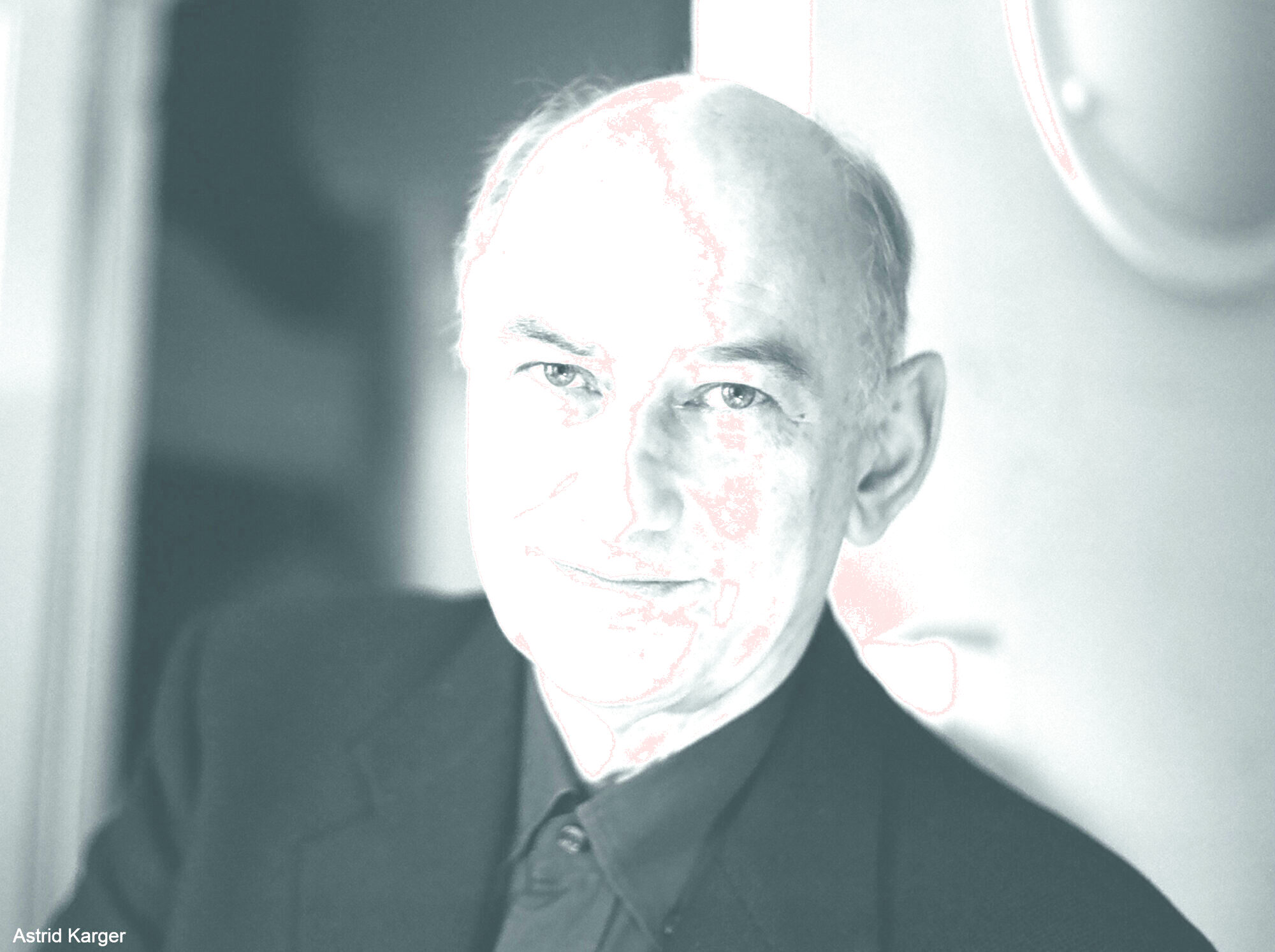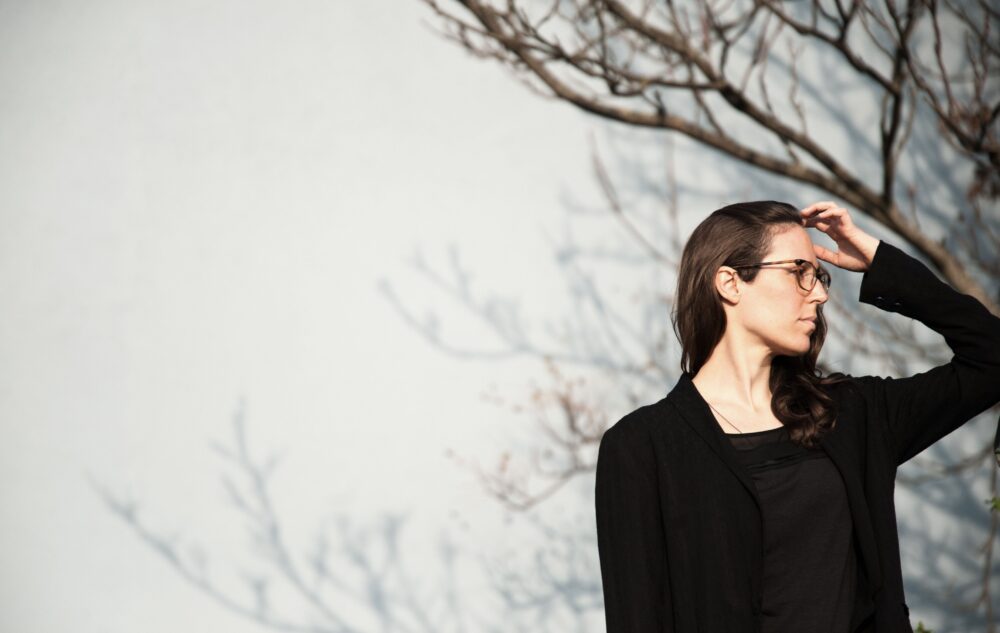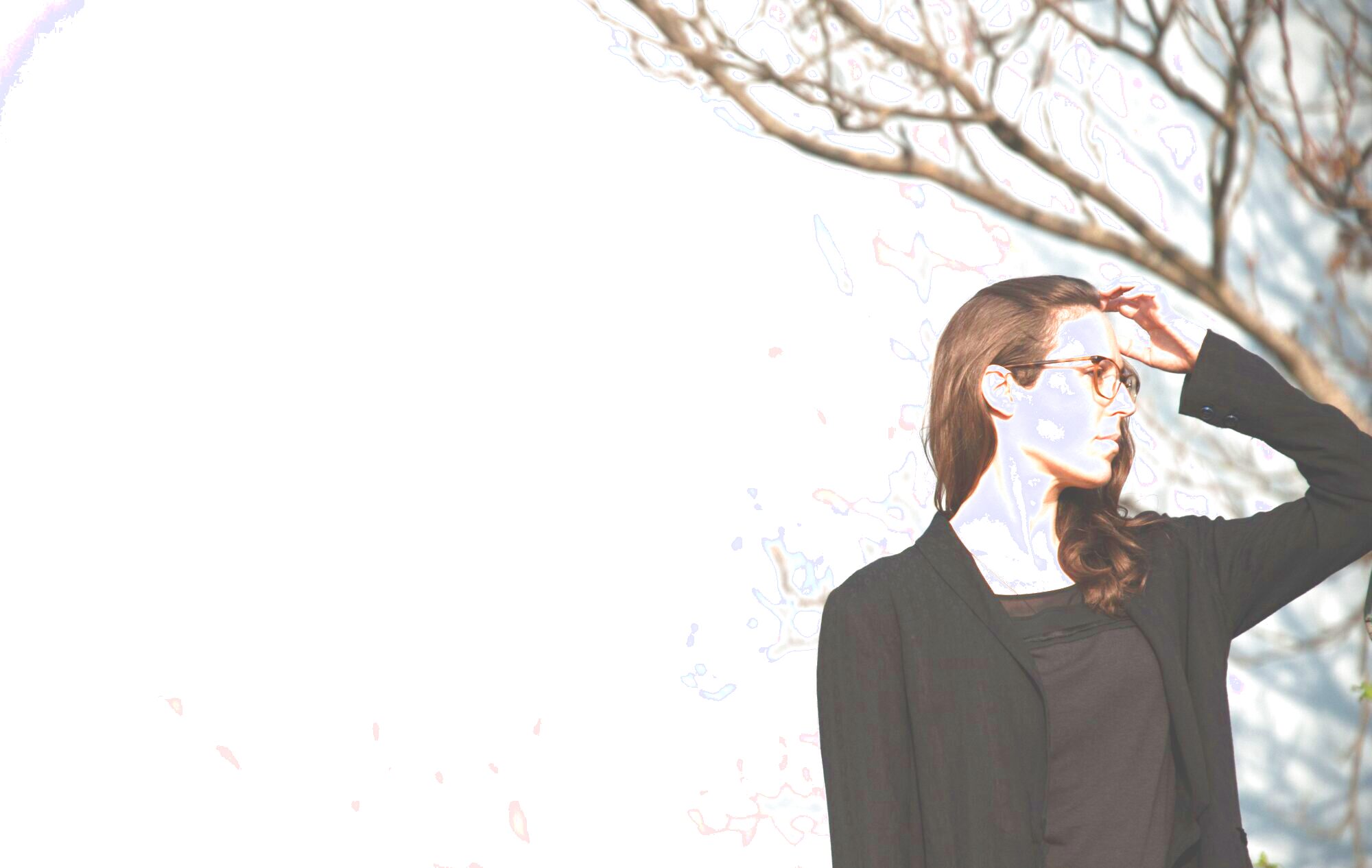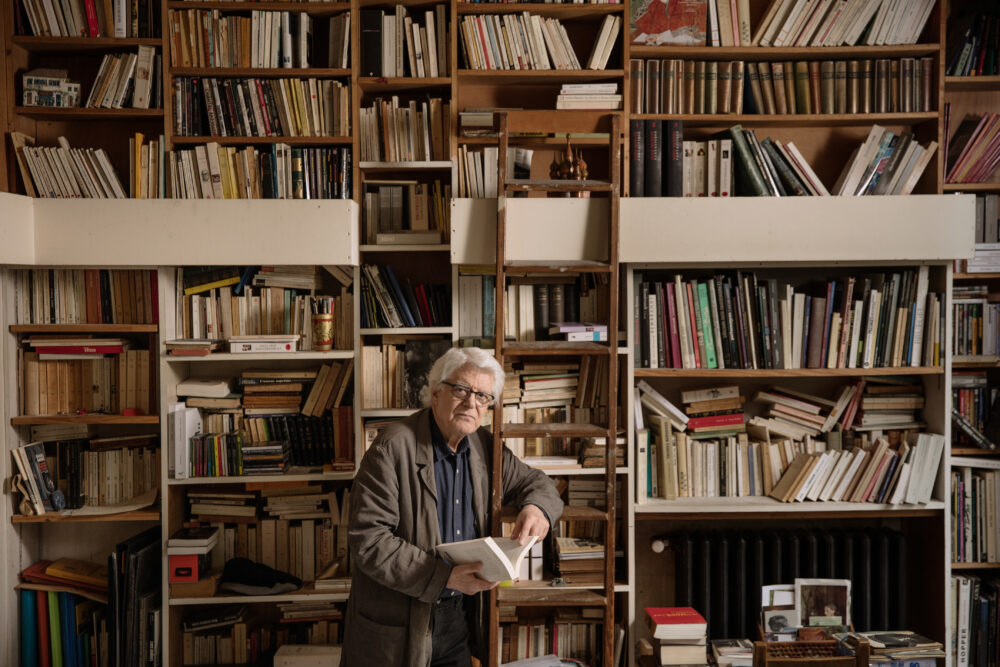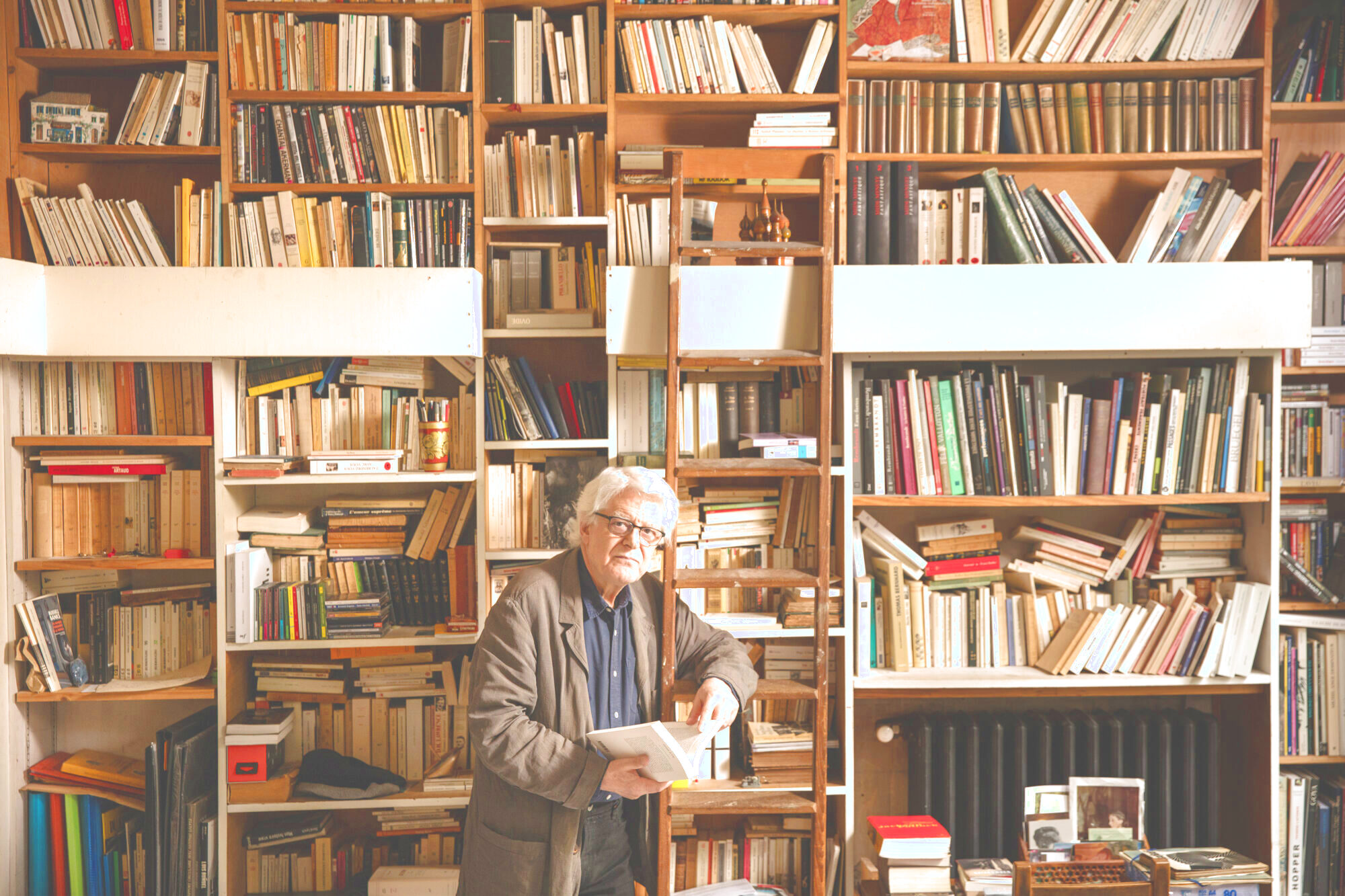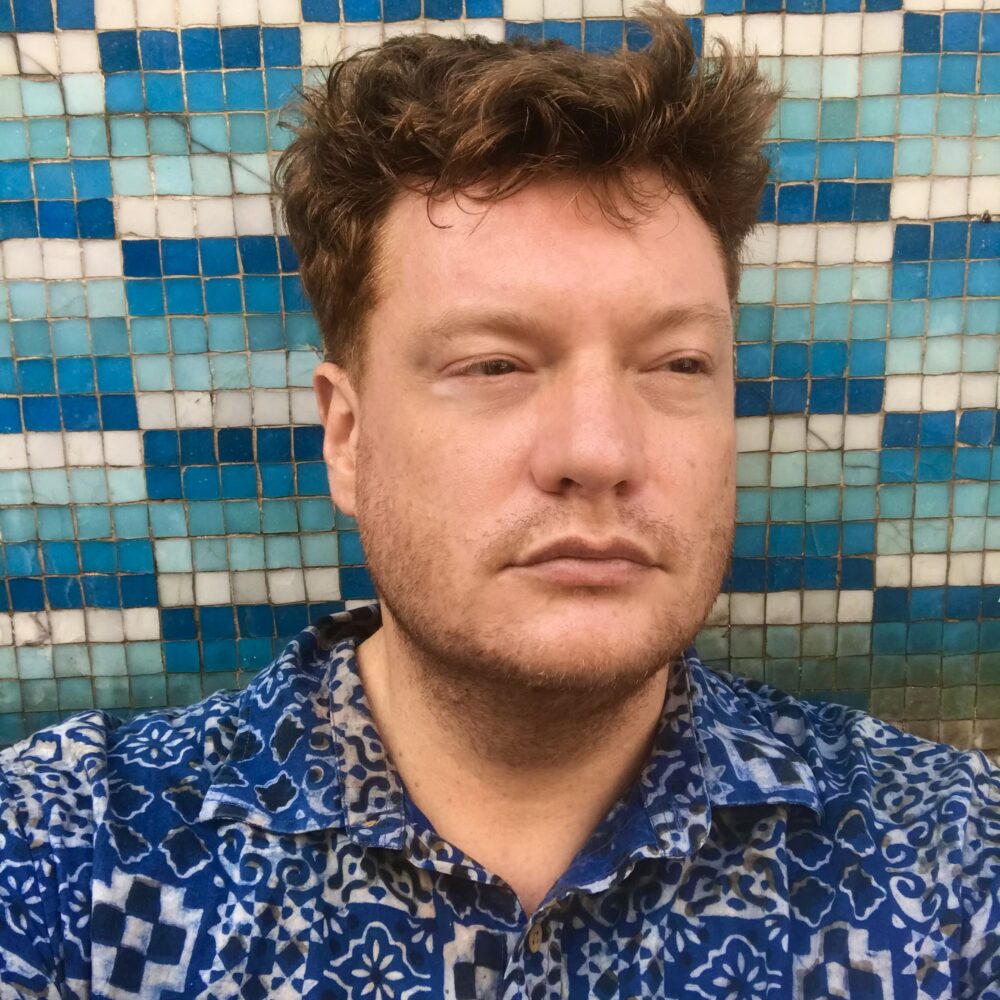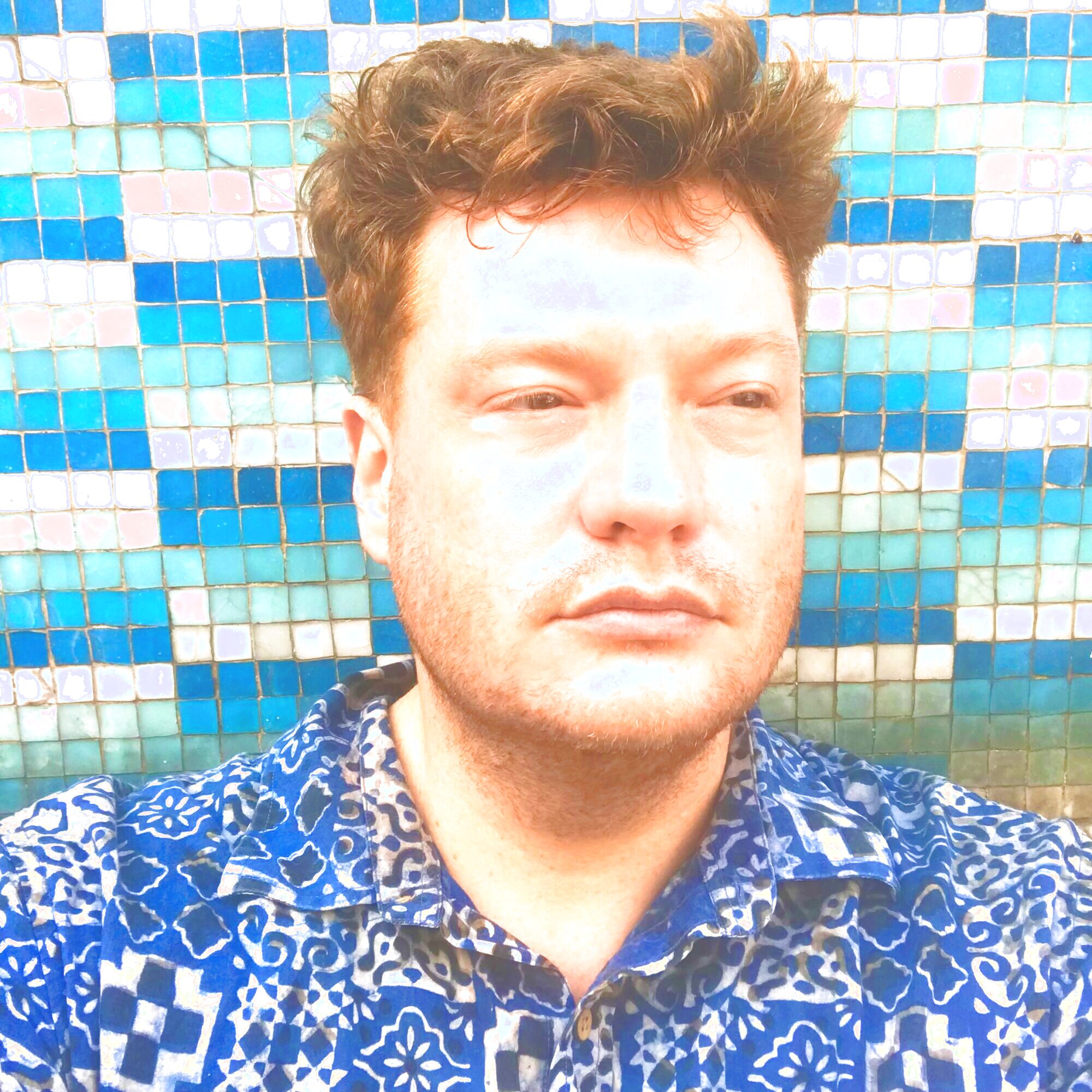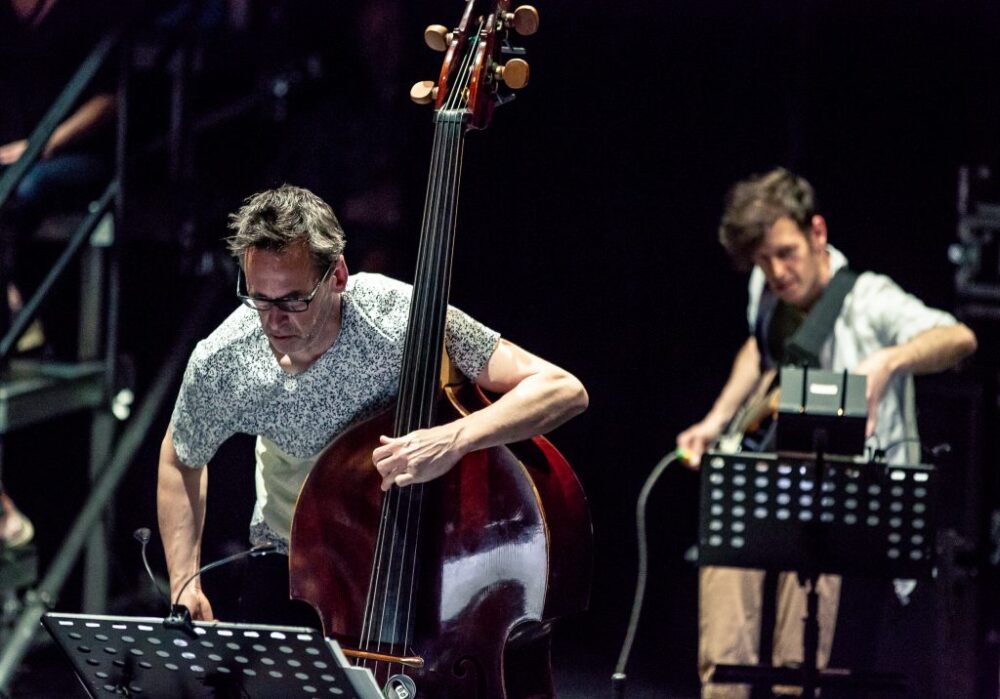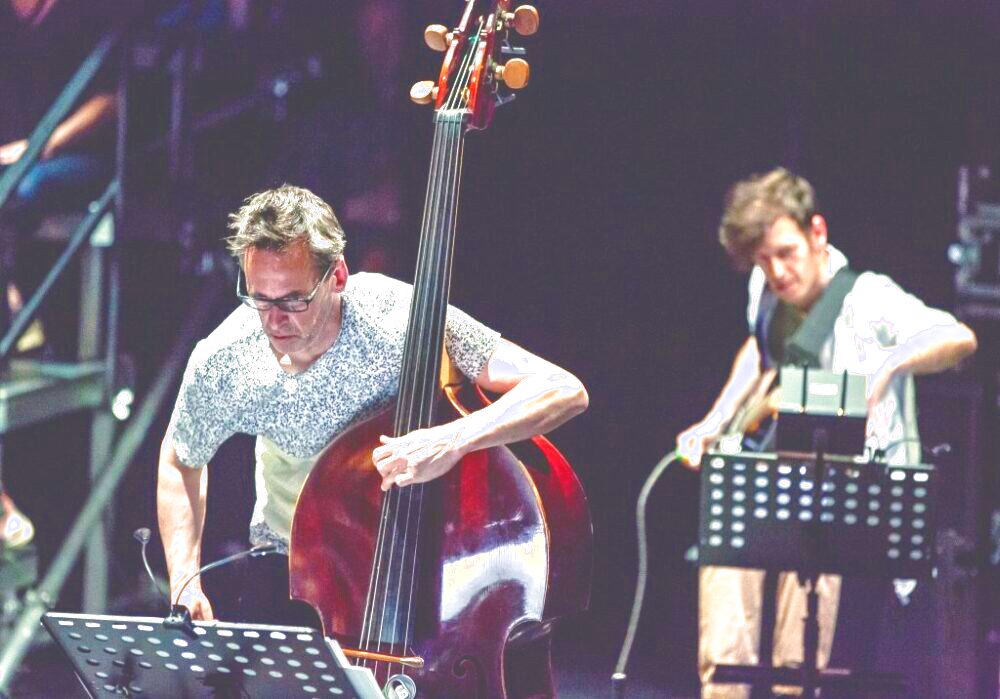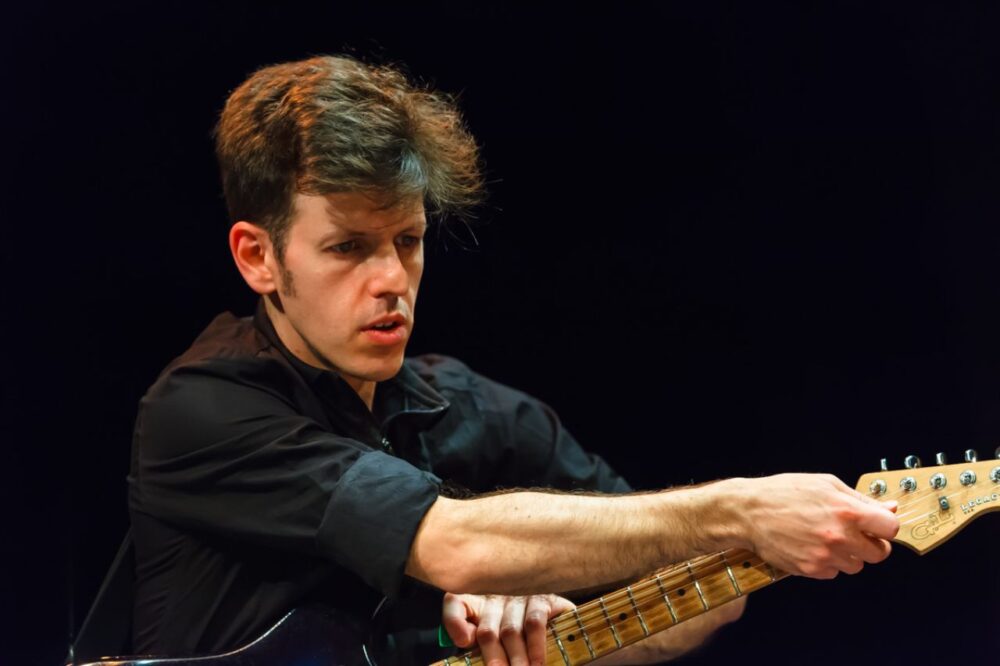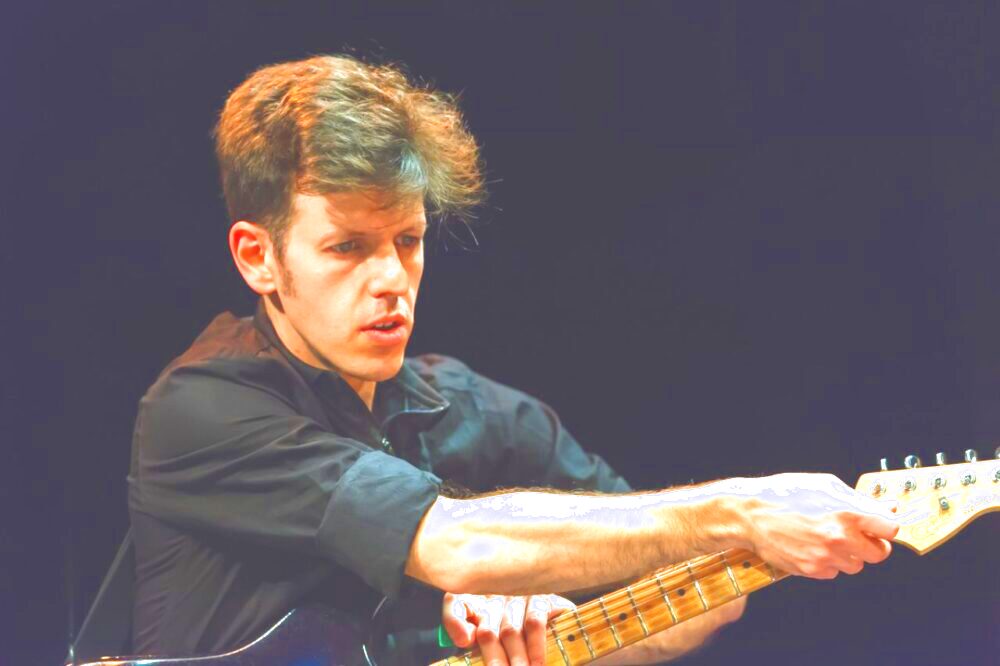French composer and philosopher Hugues Dufourt (*1943 in Lyon) studied piano and composition at the Geneva Conservatory, achieved the Agrégé de philosophie in 1967, and then taught philosophy at the University of Lyon. In 1973, he joined the Centre Nationale des Recherches Supérieures (CNRS) as a scientist and joined forces with Gérard Grisey, Tristan Murail, and Michaël Lévinas to form the composers’ group “L’Itinéraire,” from whose sound research spectral music sprang.
In 1977 Dufourt founded the CRISS (Collectif de Recherche Instrumentale et de Synthèse Sonore), from 1982 he directed the information and documentation center “Recherche musicale”, a joint research project of the CNRS, the École Normale Supérieure and the IRCAM, and in the same association from 1989 the Doctorale Formation Musique et Musicologie du XXe siècle.
Hugue Dufourt’s music is based on an abundance of sound constellations and overtones and relies on the dialectic of timbre and time. He draws inspiration in part from the visual arts, essentially maintaining the role of color, medium and light Many of his larger works have been inspired by artists such as Brueghel, Giorgione, Rembrandt, Poussin, Guardi, Goya, Rothko and Pollock.
Hugues Dufourt has received numerous awards, including the Grand Prix de la Musique de chambre (SACEM) in 1975, the Grand Prix de l’Académie Charles Cros in 1980, the Fondation Koussevitzky Prize in 1985, the Jury Prize of the Musique en cinéma Festival in 1987, the Prix des compositeurs de la SACEM in 1994, and the Prix du Président de la République pour l’ensemble de son œuvre, awarded by the Académie Charles Cros, in 2000.
